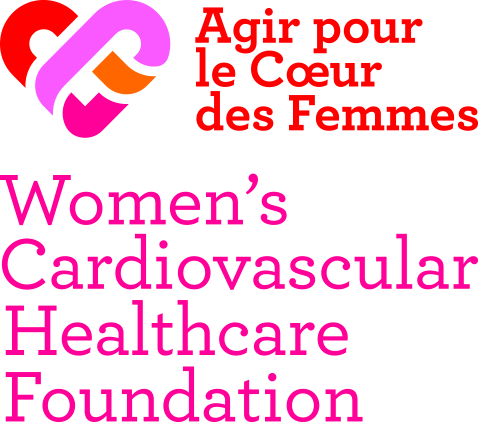
FONDS DE DOTATION
Publications
What’s New in the 2020 European Recommendations on Atrial Fibrillation?
New guidelines for managing atrial fibrillation (AF) were presented at the European Society of Cardiology’s congress in 2020. The 236-page document goes into detail about all aspects of managing AF.
Dr. Stéphane Boulé, expert ambassador for Women’s Cardiovascular Healthcare Foundation, summarizes what’s new in these AF screening and management guidelines.

AF is a burden that is estimated to affect between two and four percent of the adult population These numbers are constantly increasing all around the world, which poses a growing problem for health systems.
As an example, in Europe, it’s estimated that a 55-year-old individual has a one-in-three chance of experiencing AF over the course of their lifetime.
4S Scheme
The new guidelines recommend using the 4S scheme to characterize AF.
- The first S is stroke risk, evaluated by the CHA2DS2-VASc score
- The second S is symptom severity, evaluated by the EHRA score
- The third S is severity of AF burden
- The fourth S is substrate severity
The importance of screening
Many factors explain the importance of screening for AF in the general population. These include the high frequency of asymptomatic and minimally symptomatic forms and the possibility of avoiding the risk of a stroke if AF is detected.
It’s now a Class I recommendation that AF screening be conducted for everyone over the age of 65. This mass screening can be done by taking the pulse or by using an ECG device. There are many devices available for ECG screening to detect AF (see figure below). Smartphone apps and smartwatches are the most commonly used.
Treatment: ABC
The acronym ABC now summarizes three main AF treatment principles that have been streamlined.
A for Anticoagulation. No major new guidelines in this section. Anticoagulation is recommended for the vast majority of AF patients, with the decision made based on the CHA2DS2-VASc score. In this situation, direct oral anticoagulants are used rather than VKAs except in some cases (mechanical valves, mitral stenosis).
B for Better symptom control. The treatment strategy chosen is largely guided by the patient’s symptoms, therefore they must be precisely evaluated. The patient is truly centered in the care pathway. AF ablation is now used more often (higher recommendation class) either after medication failure or as a first line treatment in certain cases. The Early Treatment of Atrial Fibrillation for Stroke Prevention Trial 4 (EAST-AFNET 4), presented in Hotline and published in the New England Journal of Medicine, shows the superiority of an early rhythm-control strategy.
C for Comorbid conditions management The guidelines highlight the importance of lifestyle and the necessity of controlling sleep apnea, obesity, high blood pressure and, in general, all factors that contribute to AF.
Women’s Cardiovascular Healthcare Foundation (Agir pour le Cœur des Femmes) alerts, anticipates and acts to support women and health professionals by monitoring the literature and good professional practice.
SEE ALSO
Expert Consensus on Hypertension and Pregnancy
Publications
While gestational hypertension is a frequent pathology that develops during pregnancy (1 in 10 pregnancies on average), the healthcare field still isn’t equipped to manage it well. In France, there are no formal care pathways that would specify the role of each health professional while also [...]
Why It’s Urgent to Act to Against Cardiovascular Disease, Leading Cause of Maternal Death
Health Professionals
It is estimated that 150,000 women of childbearing age in France have a cardiovascular disease. If these patients don’t receive appropriate care during pregnancy, the risk of complications for their children is 15 times higher and their risk of death is 100 times higher. Pregnancy is a true [...]
How Drug Tolerance Differs for Women
Health Professionals
This is the main conclusion of a large American study just published in Biology of Sex Differences, which analyzed literature data from more than 5,400 references to determine whether gender differences in pharmacokinetic parameters predict differences in the occurrence of adverse events in men and [...]




